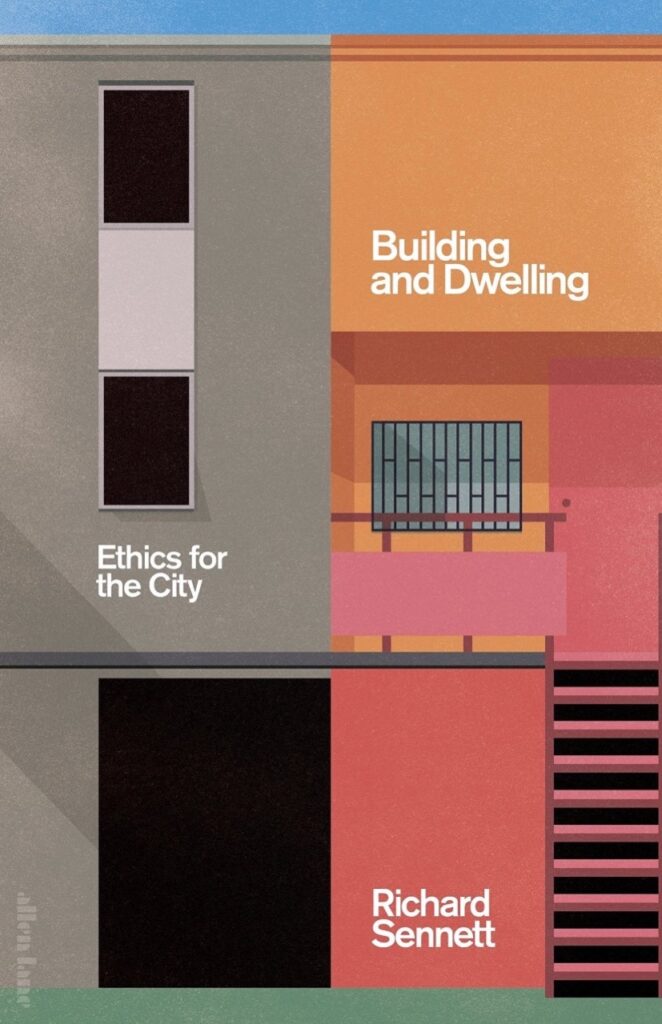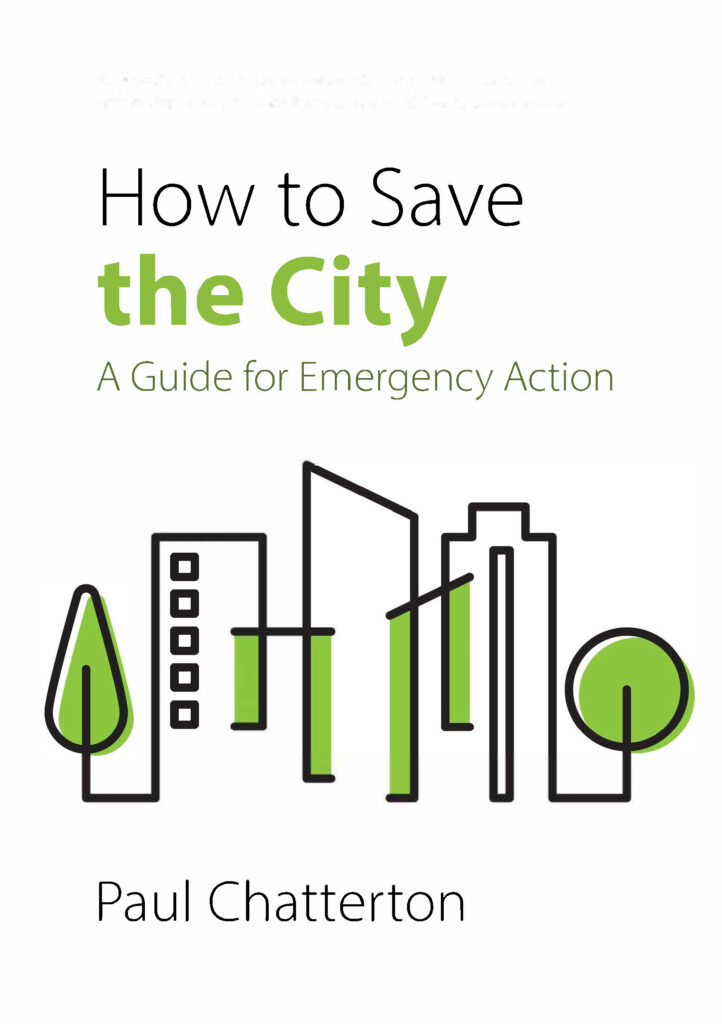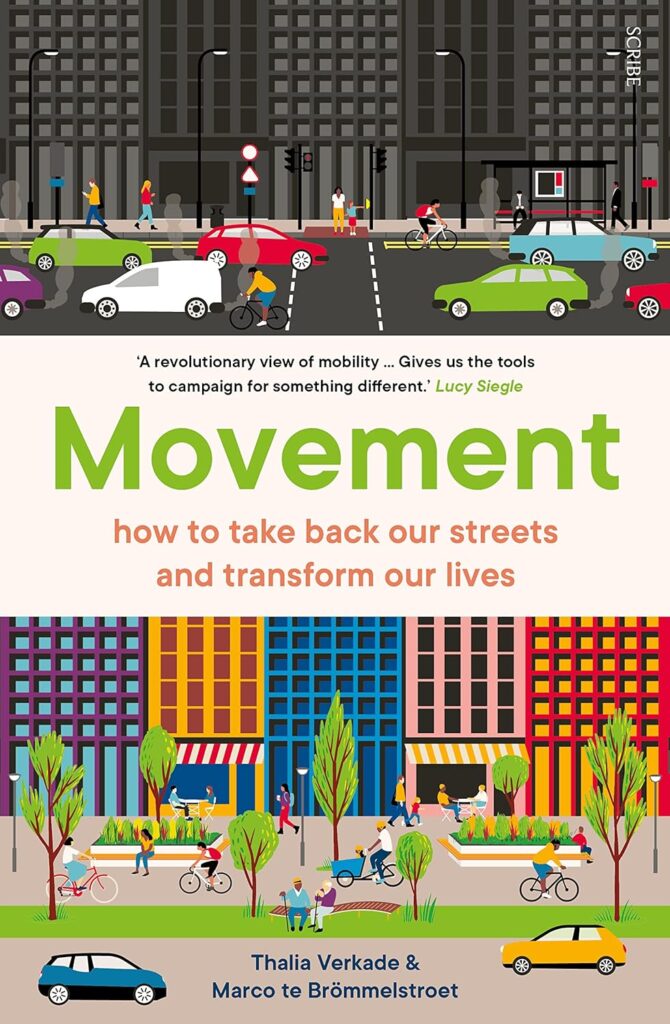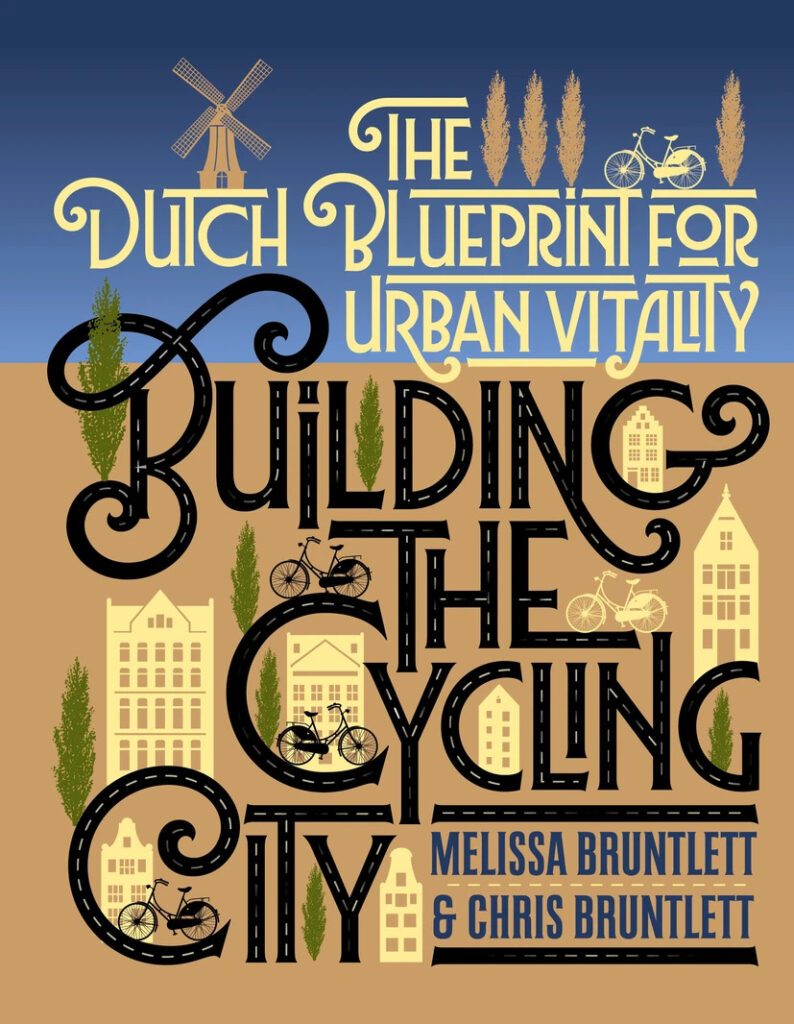A society in which people share pretty much the same taste and beliefs, in which life is simplified and made as easy, as user-friendly, as possible, is a society losing energy of a sort: cooperation between those people who differ withers.
Richard Sennett

What is it about?
With Building and Dwelling: Ethics for The City, Richard Sennett adds to an impressing oeuvre around the question ‘How are cities built, and how do people live in them?’ In the first part of the book, Sennett proposes two important distinctions: Ville vs. Cité and Open vs. Closed.
Ville vs. Cité
First he distinguishes the built urban environment (the Ville) and the lived urban environment, or ‘the character of life in a neighborhood, the feelings people harboured about neighbours and strangers and attachments to place’ (the cité). Sennett shows how there has been a strong focus on designing the perfect Ville without much attention tot he nature of humans that have to live in them. We visit Haussmann’s Paris Cerda’s Barcelona, and Olmsted’s New York. All the impressive work of these planners and their civil engineers missed a focus on how urban form relates to human life. This culminated in the Charter of Athens and Plan Voisin of Le Corbusier. Seeing the city as a large machine that would straighten ‘the crooked timber’ of the cité (p. 75).
Open vs. Closed
A second distinction Sennett proposes is between open and closed approaches to cities. A closed system is seen as predictable, linear, and -according to Sennett- user-friendly. He draws paralels between computer programs, smart cities and urban development in general. This has enticing bonuses, since ‘you will know what you are about, because the rules of your experience will be laid out for you’ (p. 10). But, importantly ‘what you gain in clarity, however, you will lose in freedom’ (p. 11). To the extent that it decreases our cognitive alertness and becomes stupefying. Instead of taking out friction and repressing potential frustration, an open approach embraces the odd, the curious, the possible. Cities in this sense cannot be designed as a ‘user-friendly’ final product, but has to allow for continues processes of change.
Mumford vs. Jacobs
The book offers an interesting take on the two different directions two great urban thinkers took in developing radical alternatives to the machine-like plans by Le Corbusier. Where Lewis Mumford proposes an alternative -relatively closed (?)- concept in the Garden City, Jane Jacobs follows a much more anarchistic, cite-based approach.
What approach does it take?
The Ethics for the City mainly follows a historic description and reflection on influential ideas about how to design cities. It also opens philosophical questions throughout the book around the question how people and societies face a continuous dilemma of engaging with and shielding themselves from ‘strangers’. Sennett builds on the work of Simmel and suggests that the often-mentioned blasé-attitude is nothing more than a mask to solve this dilemma.
Who might be interested in this book?
This book is relevant for anybody interested in urban design. Sennett’s style is rich and therefore often hard to process, so take your time to read and re-read passages. The book is also highly relevant for mobility planners and traffic practitioners. It often uses speed of traveling as a case to show how higher speeds might improve the efficient functioning of the ville, but hamper the richness of the cité: ‘With places losing their character as one speeds through space. (p. 36)
Further details
Academic discipline: urban design, history, philosophy.
Geographical scope: examples From USA, Barcelona, Paris, Shanghai, Bogota. Mostly generic insights.
Relation to cycling: it does not mention cycling ones, but is still strongly tight to it. First and foremost since the book shows us the importance of friction and meeting strangers. Cycling though a city offers the potential to be open for this, by experiencing the city not as space, but as a series of places in which ‘strangers’ meet. Instead of the stupifying element of ‘user-friendly’ smart mobility innovations, cycling can instead help to sharpen cognitive functions. Secondly, the focus on speed clearly suggests (and resonates with Iwan Illich thesis) that there is an optimal speed in the city which fits that of the regular, human-powered bicycle. Cycling, in short, might provide the tool that knit the functioning of the ville with that of the cité.



